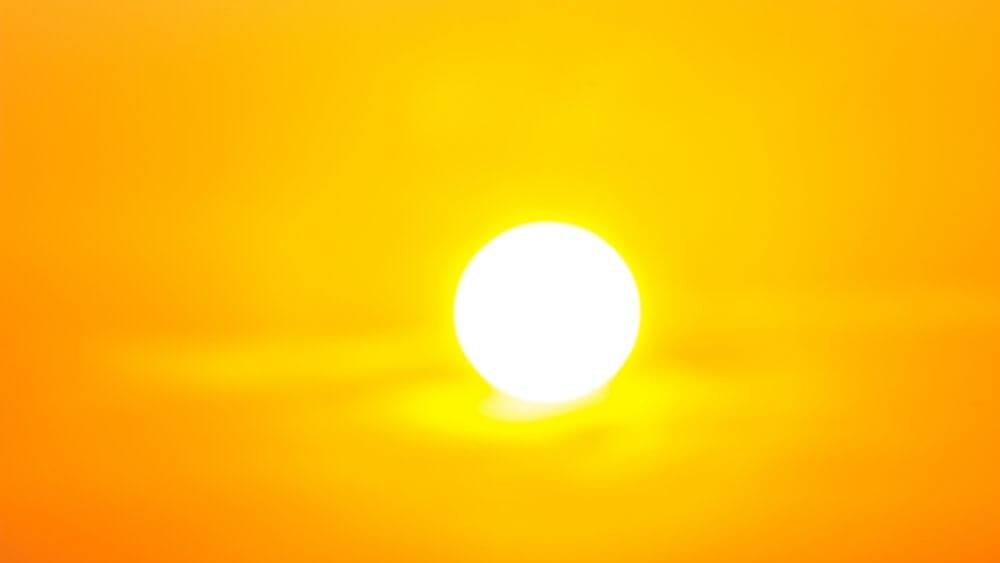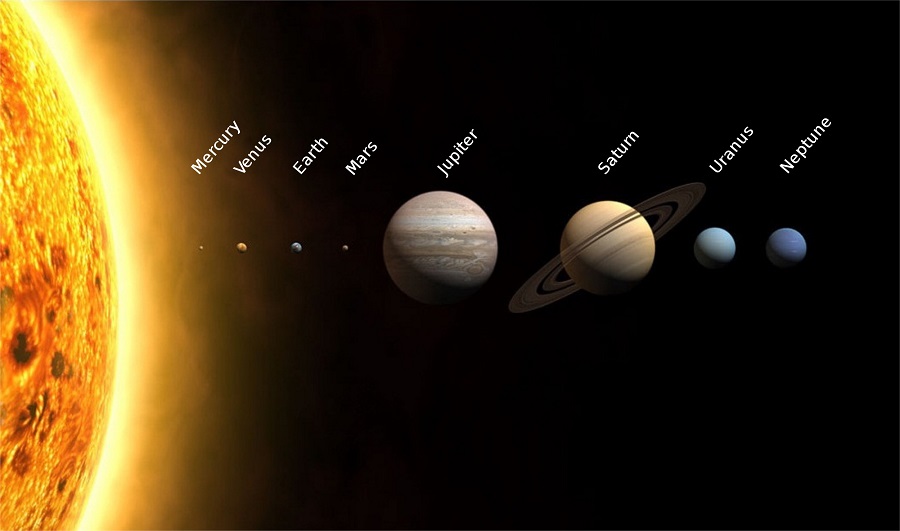Why is the Sun hot?

The Sun is the star of our solar system around which all other eight planets revolve. Earth is one of the planets that orbit the Sun.
Basically, the sun is an enormous ball of gas which gives off heat and warmth. Let’s learn a little bit more about the sun.
Contents
Sun:
- Sun is a sphere of hot gasses that burns to off give heat and warmth.
- Temperature decrease as the distance from the sun increases i.e., the nearer you are to the sun, the greater the amount of heat you will experience.
- Sun has a type of atmosphere that retains heat and this is why the sun is perpetually hot.
- Sun is not made up of a solid surface nor does it have any solid core.
- The sun is mostly made up of two gases – about 73% of the sun’s mass is from hydrogen and 25% is from helium. The remaining percentage includes other gases.
For knowing the reason behind sun’s extreme hot temperature, let us learn about its structure:
- The sun is made up of three layers.
- The innermost part of sun is known as the core. This part is extremely dense in nature and it is also the powerhouse of nuclear energy. It is the hottest part of sun.
- After core, the next layer is called the radiative zone. This region is the most useful while transporting light energy to the surface of sun.
- The outermost layer is termed the connective zone. It transports the energy and light from the radiative zone to the surface of the connective zone. From the surface of the connective zone, plasma loses its energy to the atmosphere making it sink back to the bottom of the zone.
The main reason for the sun being hot is the nuclear fusion that takes place at the core of sun. Because of the huge amount of pressure at the core of the sun, nuclear fusion takes place that converts hydrogen into helium. When nuclear fusion takes place it releases heat and light into atmosphere.
Fun Facts:
- The temperature at the surface of sun is about 10,000 degree Fahrenheit.
- The sun is so massive that about one million Earths can be fit inside it.
- There are some dark spots on the sun’s surface referred to as sunspots. These parts are cooler compared to other parts of the sun.
Related Questions:
- What are sunspots?
- Describe the composition of the sun in detail.
- What are stars?
True or False:
- Sun is a part of our solar system.
- Sun is a triangular-shaped gas-filled object.
- The innermost layer of the sun is called the connective zone.
- The core is responsible for nuclear fusion.
- Sun has three different layers.
Objective Quiz:
- Sun is a ______.
- Star.
- Planet.
- Moon.
- Galaxy.
- Around sun, there revolves _________.
- Eight planets.
- Twelve planets.
- Eight stars.
- Twelve stars.
- The innermost layer of sun is ______.
- Core.
- Connective zone.
- Radiative zone.
- All of the above.
- The main work of radiative zone is to _______.
- Transmit plasma from core to the connective zone.
- Transmit plasma from core to the surface of connective zone.
- Transmit plasma from radiative zone to core.
- None of the above.
- Sun is mostly made up of _________.
- Hydrogen.
- Helium.
- Both 1) and 2).
- None of the above.






Responses